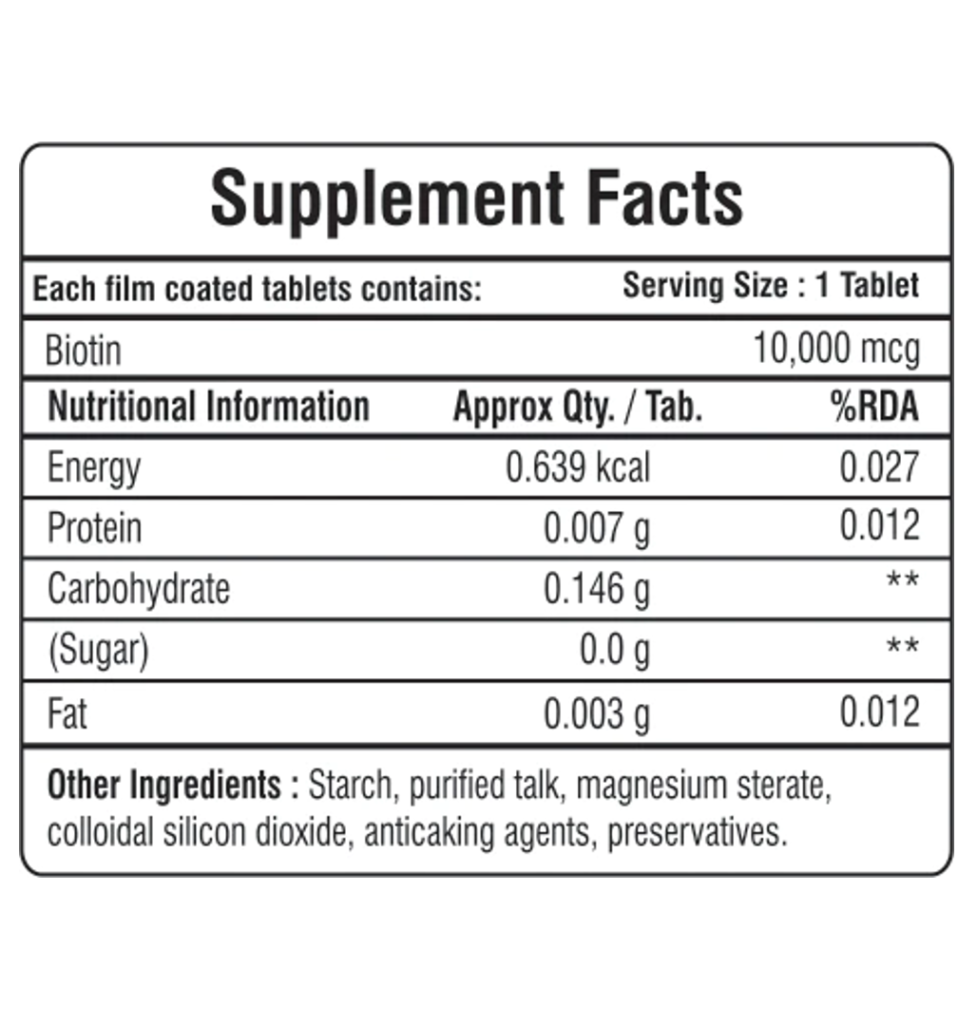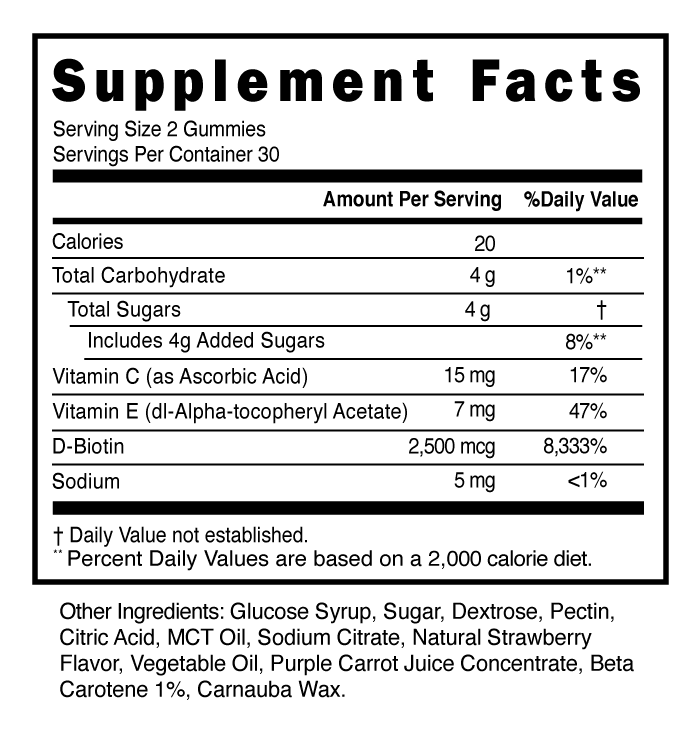In an era where health consciousness is on the rise, dietary supplements have become integral to the daily routines of many. As we navigate through the myriad of options available in the market, two popular forms stand out: gummies and tablets. While both aim to deliver essential nutrients and health benefits, their distinct manufacturing processes and compositions raise an important question: Is one more effective than the other?
This article delves into the heart of this question by comparing gummies and tablets in terms of their production methods, ingredient compositions, and ultimately, their efficacy. By understanding the nuances of each form, consumers can make informed choices that align with their health needs and preferences.
1. Explore the production methods of gummies and tablets.
The journey of a dietary supplement from concept to consumer involves intricate production methods, each tailored to the specific form it takes. Gummies and tablets, while serving the same purpose of delivering nutrients, are created through distinctly different processes. Understanding these methods provides insight into their physical characteristics, potential for nutrient delivery, and overall consumer experience.
1.1 Gummies: A Sweet Approach to Supplementation
The production of gummy supplements is akin to crafting confectionery, blending science with a touch of culinary art. The process begins with mixing gelatin, sweeteners, flavorings, colorings, and the active dietary ingredients in a large vat. The choice of gelatin can be animal-based or plant-based alternatives like agar or pectin, catering to various dietary preferences.
Water and the gelling agent are heated and dissolved together, followed by the addition of sweeteners and active ingredients. This mixture is then carefully heated to ensure complete dissolution while preventing degradation of the nutrients. Once the mixture achieves a homogeneous state, it's poured into molds that give the gummies their distinctive shapes.
Cooling is the next critical step, where the gummies solidify and gain their characteristic chewy texture. The final stage often involves coating the gummies with a light layer of oil or wax to prevent sticking, followed by packaging.


1.2 Tablets: Precision and Potency
Tablet manufacturing, on the other hand, is a process that emphasizes precision and control, aiming to pack precise doses of active ingredients into small, convenient forms. The initial step involves the meticulous weighing and blending of the active ingredients with excipients—substances like binders, fillers, and lubricants that aid in the tablet-making process.
The blend is then compressed under high pressure by a tablet press, a machine capable of exerting tremendous force to compact the ingredients into a solid form. The pressure applied ensures that the tablets are dense and durable, yet capable of disintegrating in the digestive system to release their active ingredients.
Coating is an optional step in tablet production, serving various purposes such as protecting the tablet's core, masking unpleasant tastes, and controlling the release of the active ingredients. The coating process involves spraying the tablets with a solution containing the coating material, then drying them to form a thin, uniform layer.


1.3 Nutrient Stability and Production Challenges
One of the challenges in gummy production is the heat sensitivity of certain nutrients, which might lose potency or degrade when exposed to high temperatures during the manufacturing process. Tablets, while avoiding the high-heat scenario, might encounter issues with ingredient uniformity or difficulty in compressing certain formulations without compromising ingredient integrity.
Each production method has its intricacies and challenges, but both aim to achieve the same goal: delivering effective and consistent doses of dietary supplements in a form that meets consumer preferences and needs.
2. Analyze and compare the nutritional content of Gummies and Pills (tablets).
2.1 Structuring Nutritional Content Tables
For both gummies and tablets, the nutritional content table should include the following columns:
- Nutrient: List the vitamins, minerals, or other active ingredients contained in the supplement.
- Amount Per Serving: Specify the quantity of each nutrient in a single serving.
- % Daily Value (%DV): Indicate the percentage of the daily recommended intake that each nutrient provides, based on standard nutritional guidelines.
A. Gummy Supplements Nutritional Table
- Nutrient: Vitamin C, Vitamin D, Calcium, etc.
- Amount Per Serving: 30mg, 10mcg, 100mg, etc. (These are illustrative values; actual values can vary widely.)
- % Daily Value: 33%, 50%, 10%, etc.
B. Tablet Supplements Nutritional Table (Description)
- Nutrient: Vitamin C, Vitamin D, Iron, etc.
- Amount Per Serving: 60mg, 25mcg, 18mg, etc. (These values are for illustration purposes only.)
- % Daily Value: 67%, 125%, 100%, etc.


2.2 Analysis and Comparison
When comparing the nutritional content of gummies and tablets, several factors come into play:
2.2.1 Active Ingredient Concentration
Tablets often contain a higher concentration of active ingredients. This is due to the compact nature of tablets, which allows for more room for the active ingredients as opposed to gummies, which require additional substances for texture and taste. For example, a vitamin C tablet might offer 1000mg of vitamin C, which is significantly higher than what a typical vitamin C gummy would provide.
2.2.2. Additional Ingredients
Gummies tend to include added sugars or sweeteners to enhance flavor, which are generally not present in tablets. This could be a consideration for individuals monitoring their sugar intake or those with dietary restrictions.
2.2.3 Absorption and Bioavailability
The form of the supplement can influence its bioavailability, or the rate and extent to which the active ingredients are absorbed into the bloodstream. While gummies might be easier to ingest, especially for individuals with difficulties swallowing pills, the presence of sugars and other additives could potentially interfere with the optimal absorption of certain nutrients.
2.2.4 Serving Size
It's also important to note the serving size. Gummies often require a larger serving size to deliver amounts of nutrients comparable to those in tablets. For example, you might need to consume two or more gummies to get the same amount of a specific vitamin or mineral that a single tablet provides.
In conclusion, while both gummies and tablets can be effective means of supplementing the diet, tablets generally offer a more concentrated source of active ingredients without added sugars. However, gummies provide a palatable alternative, which may encourage regular consumption for those who prefer their taste and texture over tablets.
3. Discuss the relationship between ingredient concentration and supplement effectiveness.
The effectiveness of a dietary supplement, whether in gummy or tablet form, is intrinsically linked to the concentration of its active ingredients. This relationship is pivotal in determining how well a supplement fulfills its intended nutritional or therapeutic role. Understanding this connection can help consumers make informed choices that align with their health objectives.
3.1 Ingredient Concentration: The Foundation of Effectiveness
The core of any supplement's efficacy lies in its active ingredients—the vitamins, minerals, herbs, or other substances intended to improve health or address specific nutritional deficits. The concentration of these ingredients directly influences the supplement's ability to deliver the desired health benefits. For instance, the effectiveness of a vitamin D supplement in improving bone health or supporting immune function is contingent upon the presence of a sufficiently high dose of vitamin D in each serving.
3.2 Bioavailability and Absorption
However, concentration is just part of the equation. The bioavailability of these ingredients—how easily they can be absorbed and utilized by the body—is equally crucial. Factors such as the chemical form of the ingredient, the presence of other compounds that may enhance or inhibit absorption, and the overall composition of the supplement can all impact bioavailability. For example, certain minerals are better absorbed in the presence of specific vitamins, such as vitamin C enhancing iron absorption.
3.3 Gummies vs Tablets: Navigating the Trade-Offs
In the context of gummies and tablets, the trade-offs between palatability, ingredient concentration, and bioavailability become apparent. Tablets can often accommodate higher concentrations of active ingredients without the need for added sugars or voluminous binders. This can lead to a more potent supplement, assuming the tablet is formulated to dissolve efficiently and release its contents in a bioavailable form.
Gummies, while generally more appealing in taste and easier to consume, may contain lower concentrations of active ingredients due to their composition—often more than 70% of a gummy can be composed of base materials and sweeteners. This not only dilutes the concentration of active ingredients but also introduces additional variables that can affect absorption, such as the impact of sugars on the digestive process.
3.4 Temperature Sensitivity and Stability
The production process for gummies involves heat, which can degrade sensitive nutrients before they even reach the consumer. This is less of a concern for tablets, which are produced without high heat, preserving the integrity of heat-sensitive ingredients.
3.5 Making Informed Choices
When choosing between gummies and tablets, consumers should consider not just the concentration of active ingredients but also their bioavailability and the overall composition of the supplement. It's essential to look beyond the numbers on the label and consider the form, additional ingredients, and manufacturing processes that might affect the supplement's effectiveness.
In conclusion, while both gummies and tablets can be effective means of supplementation, the key to their effectiveness lies in a balance between ingredient concentration and bioavailability. Understanding these factors can guide consumers towards supplements that not only meet their nutritional needs but do so in a manner that aligns with their lifestyle and health goals.
4. Conclude with the main findings and recommendations for consumers.
In navigating the diverse landscape of dietary supplements, the decision between gummies and tablets transcends mere personal preference. The efficacy of these supplements is determined by a nuanced interplay of ingredient concentration, bioavailability, and individual health needs. Our exploration has uncovered several key insights and provides guidance for consumers seeking informed choices:
4.1 Key Insights
- Ingredient Concentration: Tablets often contain a higher concentration of active ingredients compared to gummies, which may have reduced levels due to the inclusion of base materials and sweeteners.
- Bioavailability: The form of the supplement can affect the body's ability to absorb and utilize nutrients. The presence of additional compounds and the manufacturing process are crucial considerations.
- Palatability and Compliance: Gummies offer a palatable alternative for those who struggle with swallowing pills or seek a more enjoyable supplementation experience, potentially leading to better adherence to supplementation regimens.
- Sensitivity to Heat: The gummy production process, which involves heat, may diminish the potency of certain heat-sensitive ingredients—a concern less prevalent in tablet manufacturing.
4.2 Enhanced Conclusion with Recommendations for Consumers
- Assess Nutritional Needs: Consulting with a healthcare professional to understand your specific nutritional requirements and any potential deficiencies is crucial.
- Read Labels Carefully: Pay attention to the concentration of active ingredients in each serving and the suggested serving size, considering the bioavailability of nutrients.
- Consider Lifestyle and Preferences: Select a supplement form that aligns with your lifestyle, preferences, and dietary restrictions. Consistency is paramount for realizing the desired health benefits.
- Evaluate the Ingredient List: Be wary of additional ingredients, such as sugars in gummies, which might not align with your dietary goals or restrictions.
- Quality and Certification: Opt for supplements from reputable manufacturers that adhere to strict quality standards and certifications, ensuring the product meets its label claims.




Despite some gummies potentially being less effective due to their manufacturing process and limited active ingredients, they remain the most easily accepted and adhered-to supplement form, particularly suitable for children and individuals with swallowing difficulties. This accessibility underscores the importance of choosing a supplement not just based on its nutritional content but also on its suitability for the intended user, balancing efficacy with ease of use to support overall health and wellness.


